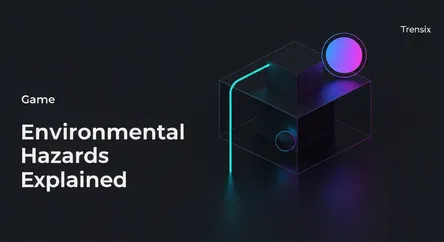Game
Environmental Hazards Explained

Discover what environmental hazards are in video games. Learn how these dynamic level elements create challenges and make game worlds more immersive.
What is it?
Environmental hazards are elements within a game's world that can harm, hinder, or otherwise affect the player. Unlike enemies, these threats are part of the level design itself. Think of treacherous lava pits in a fantasy dungeon, electrified water in a sci-fi facility, or a simple collapsing bridge. They are non-sentient obstacles that test a player's awareness and timing, forcing them to interact with the game world in more ways than just combat. These mechanics can range from instantly lethal traps to persistent debuffs that drain health over time.
Why is it trending?
This mechanic is trending because it makes game worlds feel more dynamic, immersive, and dangerous. Developers are moving beyond static levels to create living ecosystems where the environment itself is a character. Hazards create emergent gameplay, where players can cleverly use the environment to their advantage, like luring an enemy into a trap. Games like Helldivers 2 and Baldur's Gate 3 showcase this by allowing players to interact with environmental elements to create strategic, often chaotic, and memorable moments that feel unscripted and unique to their playthrough.
How does it affect people?
For players, environmental hazards increase the strategic depth and challenge of a game. They demand constant situational awareness, forcing players to carefully navigate levels and consider their positioning. While sometimes a source of frustration, successfully overcoming or manipulating a hazard provides a strong sense of accomplishment. This mechanic encourages creative thinking, pushing players to look for unconventional solutions beyond simply attacking an enemy. It transforms the player from a mere combatant into a master of their surroundings, leading to a more engaging and rewarding experience.